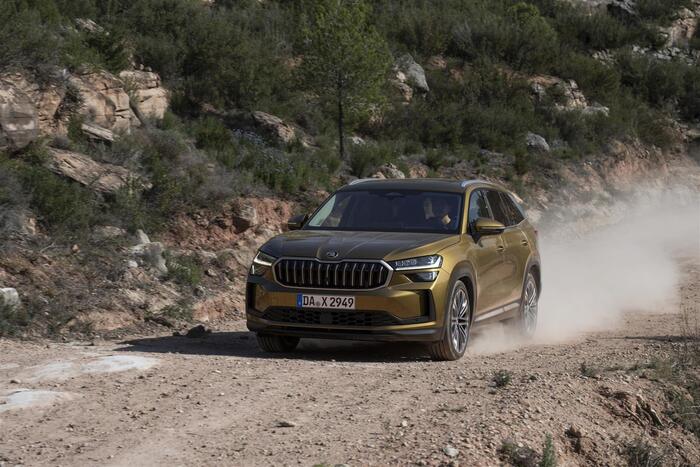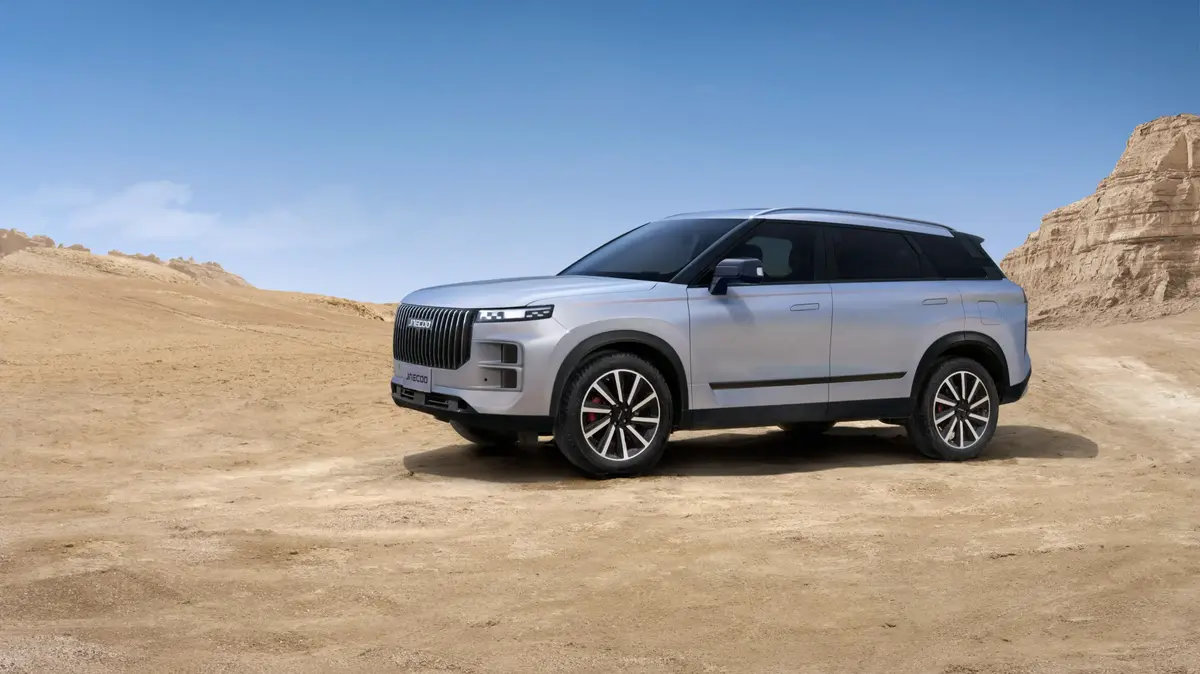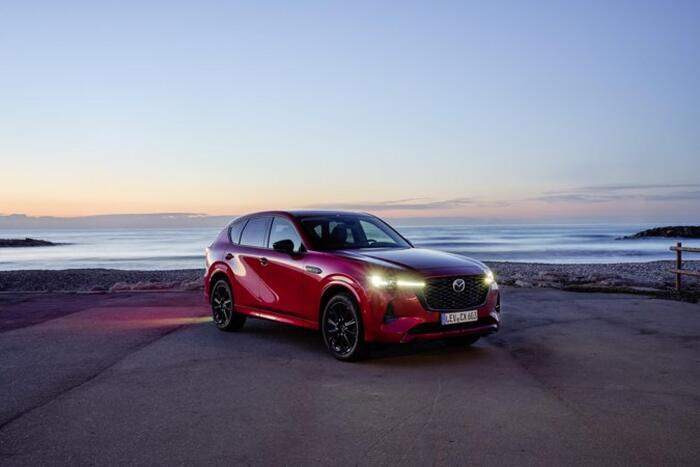The environmental impact of plug-in hybrids is currently under discussion. Some praise them as a climate-friendly alternative to the petrol car, the others as a rolling environmental sin that is only clean on paper. Both can be true - the users are crucial.
Plug-in hybrids have two drives on board. A classic internal combustion engine and an electric motor with battery. The battery is charged at the socket ("plug-in") and currently ranges depending on the model for electrical ranges of up to 100 kilometers. The idea behind the concept: On many, usually not very long everyday routes, such as the commute or the drive to the supermarket, you drive electrically and thus locally emission-free. For longer distances, which are usually less frequent with average drivers, then the internal combustion engine can be used. The plug-in hybrid should combine the best of two drive concepts.
The standard values of this type of vehicle specified by the manufacturers are usually very low. For example, Mercedes for the 2.4-ton hybrid SUV GLE 350 de a standard consumption of 1.1 liters per 100 kilometers. A value that can only be achieved on paper but has nothing to do with practice. This is also due to the calculation of the consumption of plug-in hybrids.
Low consumption only theoretically
The basis for calculating the standard value is the so-called utility factor, which expresses how much the vehicle drives electrically and how much it burns. For example, if the vehicle has 50 kilometers of electric range, the utility factor is around 75 percent. "It is then assumed that vehicles with 50 kilometers of electric range travel 75 percent of all distances electrically, the rest of the distance with the internal combustion engine," says Peter Mock of the International Council on Clean Transportation (ICCT).
The reality usually looks different. "Many plug-in hybrids run in the fleets of large companies and are made available to employees as company cars," says Stefan Bratzel, director of the Center of Automotive Management (CAM). This would be particularly attractive to companies because the vehicles, if they have a minimum electrical range of 40 kilometers according to WLTP, fall under the 0.5 percent rule for company car taxation. So they are simply cheaper. And where is the problem?
Drivers of company cars often travel long distances far beyond the mere electrical range. And once the battery is empty, the consumption increases - drastically. Bratzel cites a survey from the UK: "A study had shown that the actual consumption of company cars with plug-in technology on average by 143 percent above the manufacturer's information," said Bratzel.
Company car drivers do not charge with electricity
As the British "BBC" reported on the study, the real consumption of 1,500 hybrids tested was over six liters per 100 kilometers. The manufacturer gave the standard fuel consumption for these vehicles on the other hand with just under two liters. The reason for the discrepancy, also the data gave: the drivers would have rarely or never charged the battery. "If I do not load the plug-in hybrid, I have the bad of two worlds," says Bratzel. The car then drives only with internal combustion engine and has the additional advantage of the higher weight of the hybrid system.
The reason for the lack of charging willing many company car drivers: Most of the employees of companies get issued fuel cards, with which the fuel is free for them. The recharging with electricity, for example, at home, they would have to pay, however, in many cases. The result: the vehicles are mostly in the combustion mode on the road.
"This can be prevented by avoiding false economic incentives, such as free refueling and self-paid charging," says Patrick Plötz from the Fraunhofer Institute for Systems and Innovation Research (ISI). The tax preference should be reconsidered. In England, the tax concessions for plug-in hybrids were therefore abolished again. In the Netherlands, too, plug-in company cars have not been funded for three years. And Germany? Is on the way as a ghost rider: In this country, we added a shovel from the funding pot.
photo gallery
14 pictures
Price comparison: electric car vs. NitroIn addition to the company car regulations, plug-in hybrids in Germany are additionally subsidized with a state purchase premium. This plans to increase the government now even from 3000 euros to 4500 euros. This is wrong, finds expert Bratzel: "The promotion makes no sense if these vehicles are not bought by those who have a suitable driving profile." The plug-in hybrid makes sense for motorists who are mostly in the city on the road and rarely drive a long-haul.
That the plug-in hybrid in the city quite a climate-friendly alternative is, according to studies by the Fraunhofer Institute. "Privately used plug-in hybrids with real electrical ranges around the 50 kilometers are driven relatively much electrically," says scientist Plötz. Then the share of electric journeys in the private sector is over 70 percent.
Plug-in on the same with E-car
In absolute terms, the hybrids even drive as many miles as pure electric cars. Accordingly, the e-car driver does not even go longer distances, which exceed the range of the vehicle, not only in the electric car. They switch for these drives equal to a combustor, for example, a rental car to avoid interim loading operations. Plug-in drivers started the long-haul route at least once before the car enters combustion mode. So the hybrids come according to Plötz on similarly much electrically driven kilometers.
Often outweigh the advantage of the plug-in over the pure e-car. Contrary to popular concerns, electric cars often have ranges that many drivers would not take advantage of. "Then you have a large, heavy battery with a range of 400 or 500 kilometers on board, which in reality only needs ten or fifteen days a year," says Plötz. In this case, a plug-in hybrid would offer significant benefits. Nevertheless, Plötz sees the hybrid drive only as a transitional solution to pure e-mobility, to open up additional buyers. In a decade or two, the topic plug-in hybrid would be off the table.








